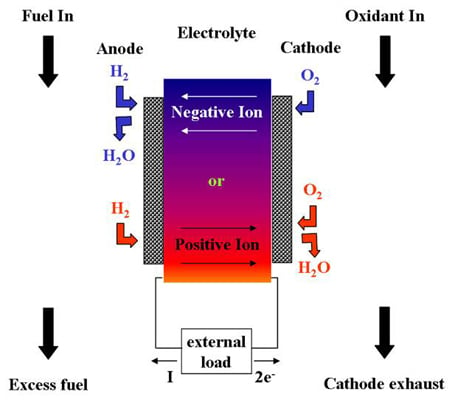Strategies for Lowering Solid Oxide Fuel Cells Operating Temperature
Abstract
Share and Cite
Tarancón, A. Strategies for Lowering Solid Oxide Fuel Cells Operating Temperature. Energies 2009, 2, 1130-1150. https://doi.org/10.3390/en20401130
Tarancón A. Strategies for Lowering Solid Oxide Fuel Cells Operating Temperature. Energies. 2009; 2(4):1130-1150. https://doi.org/10.3390/en20401130
Chicago/Turabian StyleTarancón, Albert. 2009. "Strategies for Lowering Solid Oxide Fuel Cells Operating Temperature" Energies 2, no. 4: 1130-1150. https://doi.org/10.3390/en20401130
APA StyleTarancón, A. (2009). Strategies for Lowering Solid Oxide Fuel Cells Operating Temperature. Energies, 2(4), 1130-1150. https://doi.org/10.3390/en20401130




